EurEauWeb was a European project launched in 2002, at a time when the use of mobile technologies, geolocation, and digital access to content was still in its early stages. The goal was to enhance Europe’s inland waterways by combining tourism, culture, social inclusion, and technological innovation.
Through a pioneering approach, the project explored the use of GPS, mobile devices (such as PDAs at the time), and wireless connectivity to provide real-time, location-based multimedia content to waterway users, including boaters, cyclists, hikers, and tourists.
The main outcomes included:
- EurEauMap, a portable device designed for use on boats, bicycles, or wheelchairs, capable of displaying digital maps, points of interest, useful services (such as marinas, fuel, waste disposal), environmental data, and accessibility information, activated via GPS or riverside sensors.
- The EurEauWeb Portal, an online platform that integrated data from waterway authorities, tourism bodies, cultural organizations, and local services, enabling global access to information about European waterways.
The project also focused on personalizing the user experience, tailoring content based on user profiles and specific needs (e.g., for people with disabilities or international tourists), and introduced two-way communication between users and local authorities to report issues or request assistance.
Special attention was given to ensuring the technology blended respectfully into natural and cultural environments, avoiding invasive solutions and favoring compact, low-impact devices that could be used even by those unfamiliar with digital tools.
EurEauWeb anticipated many applications that are now common in digital tourism, and represented a significant example of innovation applied to the sustainable enhancement of Europe’s waterway heritage.



